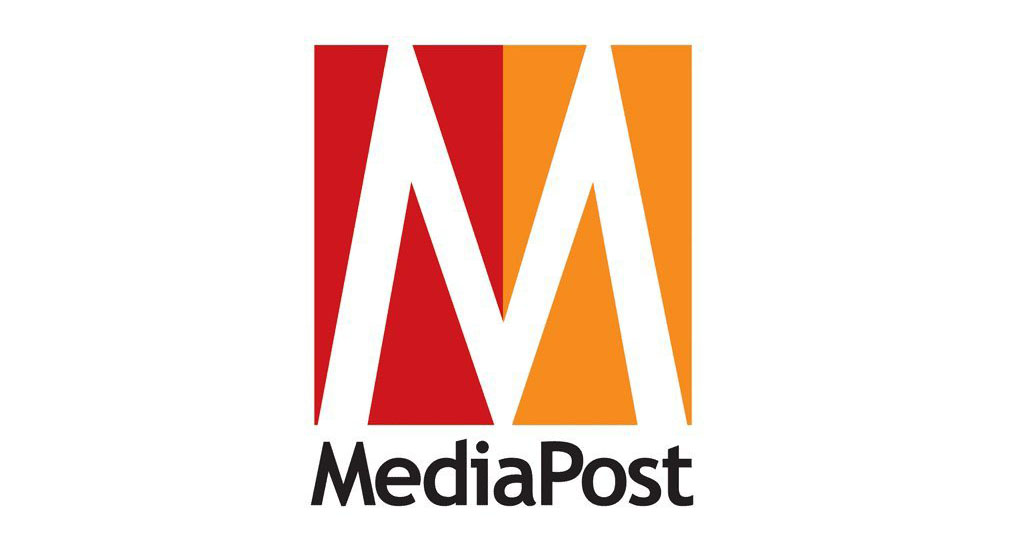by Ray Schultz , Columnist
Souce: www.mediapost.com, June 2023
Email teams trying to drive ecommerce have reason to worry: consumer spending was flat in Q2, with 73% of online shoppers purchasing less or the same as Q1 and 72% of consumers overall showing a similar pattern, according to the Q2 Consumer Trends report from Jungle Scout.
Why? Rising costs: 81% say rising inflation has affected spending, while 63% are concerned about finances and 49% admit that their household income is unstable. Women are more likely than men to worry about family finances, at a ratio of 71% to 65%.
Drilling down, 11% are expecting online decreases of 51-100%, and 10% foresee the same for all spending. Another 23% predict they will spend between 1% and 50% online and 24% say the overall.
In general, the biggest areas of cutback are:
- Dining out at restaurants/bars — 56%
- Fun/impulse purchases — 50%
- Clothing/accessories — 44%
- Leisure travel — 42%
- In-person entertainment (movies, concerts, etc.) — 42%
- Home improvement/decorating — 37%
- Holiday-related expenses — 37%
- Personal care service (hair/nail salons, spas, etc.) — 36%
- Groceries — 35%
- Streaming entertainment subscriptions (Netflix, iTunes, Audible, etc.) — 31%
However, 28% say their overall spending increased, up from 23% in the prior quarter. But opportunity exists, with 57% saying they shop online once a week or more, while 9% do so once a day and 11% shop online more than once per day.
If there is a winner among retailers this quarter, it’s Walmart.
Of the consumers polled, 60% shop at Walmart.com, compared to 26% for Target. Online, 40% buy at Walmart. But it’s a distant second to Amazon, where 70% shop.
But 39% of consumers start their online product searches at Walmart.com. up from 32% in Q2 2022. In contrast, Amazon.com has fallen from 61% to 57% in the same time frame, and search engines from 49% to 42%.
Worried about returns? Clothing is by far the most returned item — 50% of consumers will bring it back. Next are automotive parts & accessories (23%), electronics (22%) and arts, crafts & sewing (21%).
Strangely, 14% will return books, magazines & newspapers and 14% will return alcohol.
Consumers are more likely to return items if:
- there is no cost — 67%
- the item can be returned in-store — 43%
- the item can be dropped off for return nearby (i.e., at the post office) — 40%
- the item can be picked up for return from their home — 34%
- shipping label(s) not required for the return — 28%
- the item doesn’t need to be repackaged for return — 23%
Jungle Scout surveyed 1,000 U.S. consumers between May 8 and May 9, 2023.

